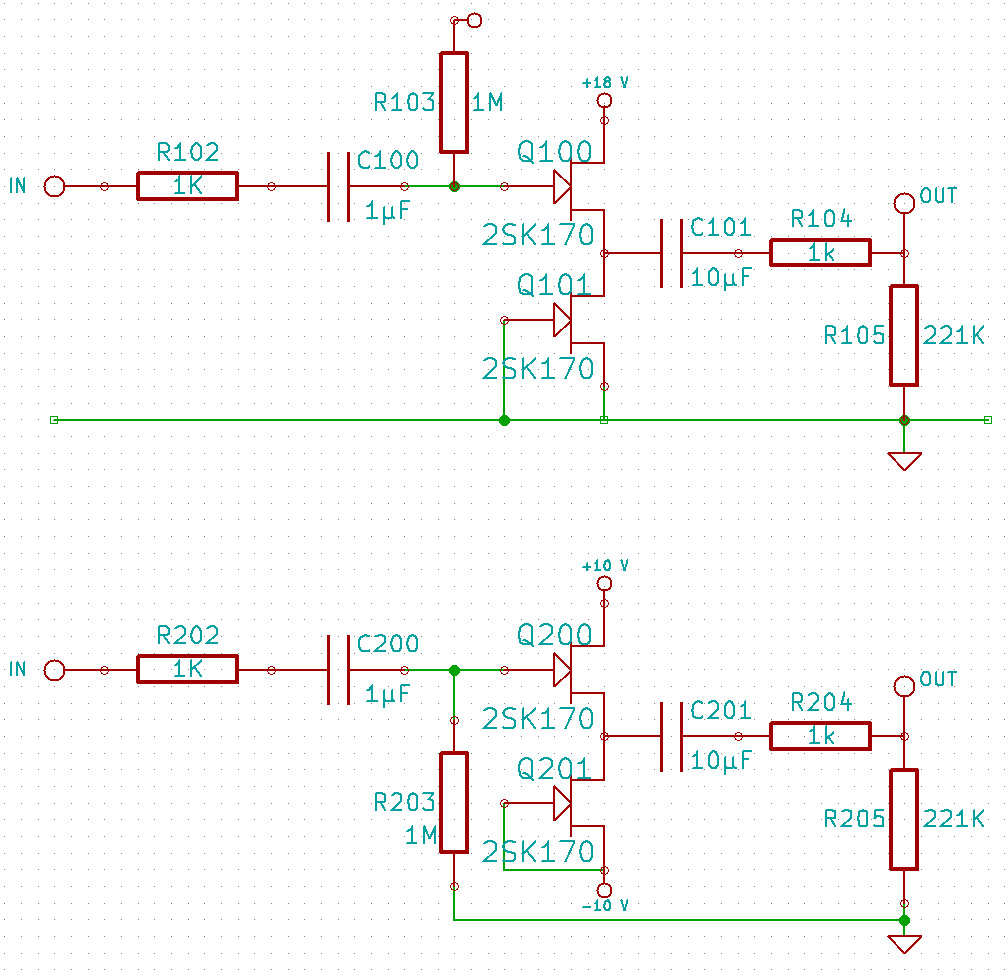I've decided to use the NE5532 low noise dual channel Op-amp as a unity gain stage, with a simple upstream circuit of a shunt resistor, series cap and resistor and a 100K load resistor. I've added some diodes as input protection, connected between signal and positrive and negative voltage rails.
power supply for now is going to be two 9V batteries.
The start this morning:

Front panels prepped, connectors fitted, switch and "power on" LED fitted

Battery connected to test switch/LED

Rear panel view:

Starting to populate left channel on prototyping board:

Both channels populated:

Underside view; copper wire along centre is the star-earth:


Assembled for testing:

Test measurements:
Input impedance across left channel = 985 KOhms
Input Impedance across right channel = 1mOhm
Difference is the variation in the input shunt resistors...now both measure exactly 1mOhm as I changed the sus one (at least not as tight a tolerance one).
Output DC voltage measure across output signal to ground:
Left channel = 93mV
Right channel = 94 mV
That's somewhat higher than I was expecting although with both channels being fairly equal, at least it may point to choice of components rather than a soldering fault or something. I've put a 100nF ceramic cap very close to the Op amp and between positive and negative rail inputs to the op amp so had hoped that this would keep DC to a handful of mV, but the reading is within acceptable ball park and is a reflection of the op-amp used I guess.
I'll report back on how it sounds when I muster up the courage to stick in the system!

